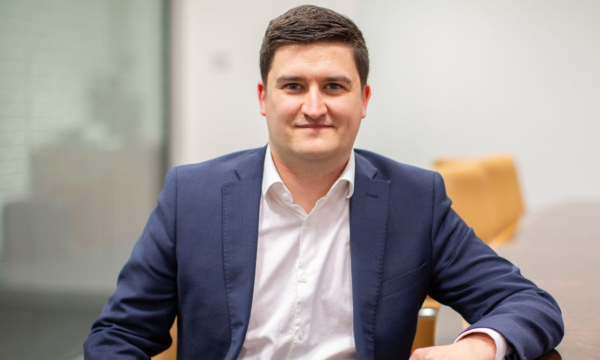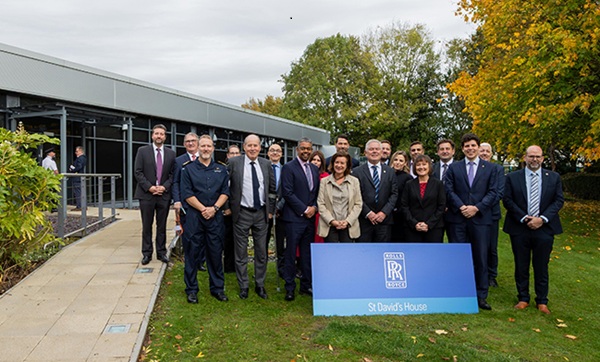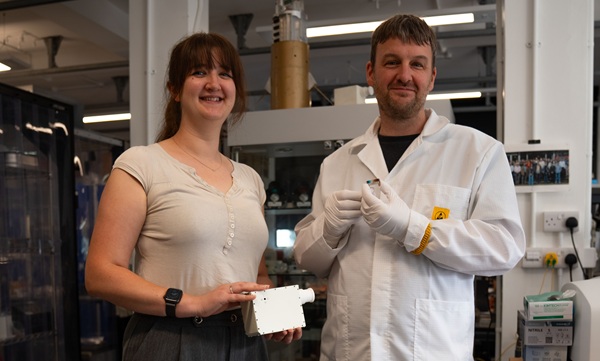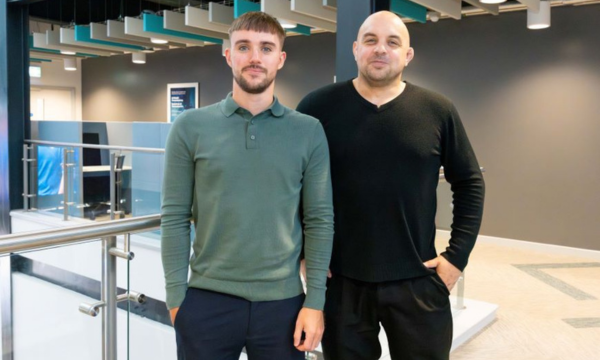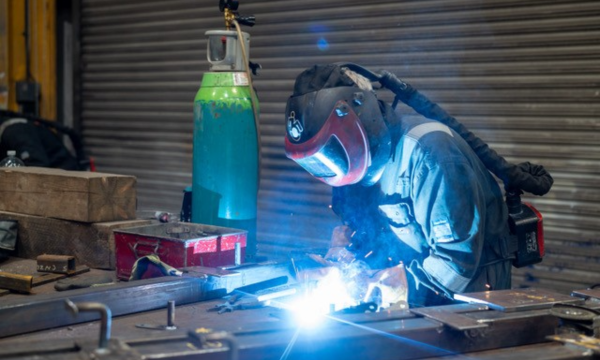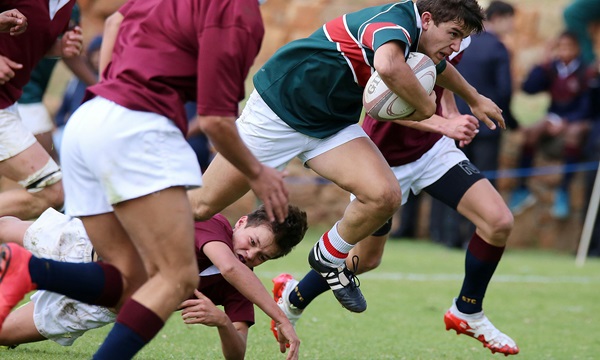
The first AI model that can predict the risk of non-contact lower limb injury in rugby players has been developed by researchers at Bangor University.
The model uses pattern recognition analysis to identify the complex and interconnected factors that can lead to injuries such as sprained ankles, torn or sprained ligaments and more severe muscle strains. Lower limb injuries are the most common type in rugby union, accounting for about half of the days lost due to injury in the international game.
The researchers, from Bangor University’s Rugby Knowledge Exchange followed 36 semi-professional rugby union players throughout two seasons, using data on training load, performance testing, subjective measures, musculoskeletal screening and prior injuries. More than 1700 data points were gathered for each player per playing season.
Over the two seasons, 25 of the players sustained a non-contact lower limb injury, most commonly caused through running. The most common injury was ankle sprain.
Using this data, the team focused on factors that are already associated with certain injuries, creating a model that could assess the interplay between them to predict the risk for each player with up to 75% accuracy. The model also sets thresholds for each factor, over which the player faced an increased risk of injury – making it a potentially useful tool for performance coaches in the sport.
Dr Julian Owen, senior lecturer in Sport and Exercise Science at Bangor University said:
“Traditional statistical approaches to assessing injury risk tend to assume a linear association between a small number of individual risk factors and the injury. For example, that weakness in a certain muscle group is a predictor for a particular injury. Our model is much more nuanced, so the threshold for weakness in that muscle group might differ depending on the age of the player, their body mass and their training load over the previous few weeks.”
By predicting risk based on a range of factors, the model could allow coaches to adjust certain aspects of a player’s training to ensure their risk is reduced and they can continue to play and train.
The data for the model is based on assessments that players undergo routinely at the start of the season and at before most training sessions. This includes tests for aerobic fitness, sprint speed, strength, routine screening tests such as ankle flexibility, hamstring and adductor strength and self-reported measures such as fatigue or muscle soreness.
One of the key elements of the model is that it incorporated, changes in these measurements over the season and related them to changes in training load.
Some of the findings were surprising – such as forwards being at greater risk of severe non-contact lower limb injuries compared to backs, particularly if they had slower sprint times and reduced strength across lower limb musculoskeletal screening markers. A player’s previous history of concussion also increased their risk of subsequent non-contact injury. However, the researchers caution that such findings can’t be generalised across the sport.
Dr Seren Evans, a research associate on rugby union injury surveillance at Bangor University, who worked on the project for her PhD, said:
“The outputs from this model are based on those 36 players, so you would need a much larger dataset for the findings to be more widely applicable. This does mean that the model is very specific in assessing the risk for a particular group of players and the particular type of training and play they are involved in.”
The approach could also easily be replicated across other sports, particularly team sports, according to Dr Owen.
“This research has shown that a pattern recognition approach can work,” he said. “Where clubs have the historical data on their players from previous seasons, it would be possible to develop a model very quickly to be adapted to that team – allowing injury risk prediction and insight for a particular group of players.”
The research, which was funded through the Coleg Cymraeg Cenedlaethol PhD Scholarship Fund is published in PLoSOne











